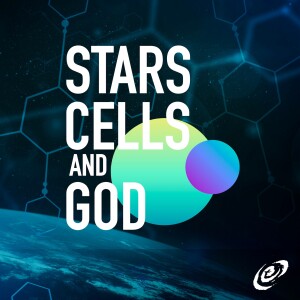
Thursday Jun 02, 2022
Distant Star Affirms Big Bang and Whale and Hippo Skin by Design
Join Hugh Ross and Fazale “Fuz” Rana as they discuss new discoveries taking place at the frontiers of science that have theological and philosophical implications, as well as new discoveries that point to the reality of God’s existence.
Scientists have used gravitational lensing to detect a single or binary star, named Earendel, in a galaxy 12.9 billion light-years away. This detection is 3.5 billion light-years more distant than the previously most distant star. According to the big bang creation model, predicted by the Bible, stars that form early in cosmic history will be different from stars that form later. So, is the measured luminosity and mass of Earendel consistent with this model?
Historical contingency holds that evolutionary histories should rarely lead to identical or nearly identical outcomes. Yet biologists have uncovered an inordinate number of examples of convergence. One recently discovered example is the independent origins of aquatic skin adaptations in whales and hippos. What does the widespread occurrence of convergence mean for the creation/evolution debate?
In this episode Hugh and Fuz discuss these important topics.
Links and Resources:
- The Creator and the Cosmos, 4th ed.,
- Big Bang—The Bible Taught It First!
- Does the Bible Teach Big Bang Cosmology?
- Pursuing the Firstborn Stars and a Better Cosmic Creation Model
- Genomic and Anatomical Comparisons of Skin Support Independent Adaptation to Life in Water by Cetaceans and Hippos
- Analysis of Genomes Converges on the Case for a Creator